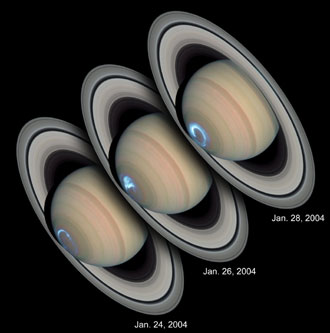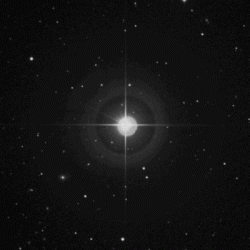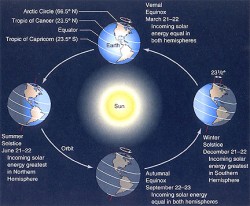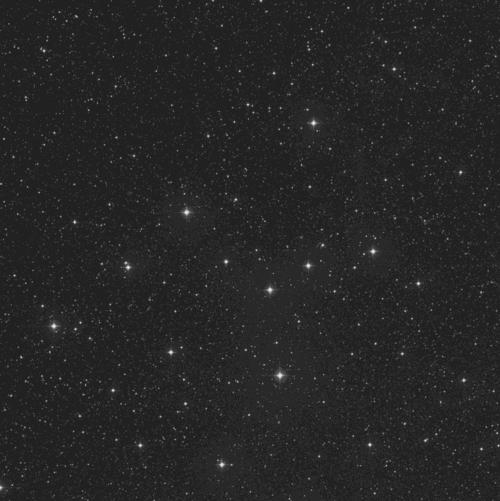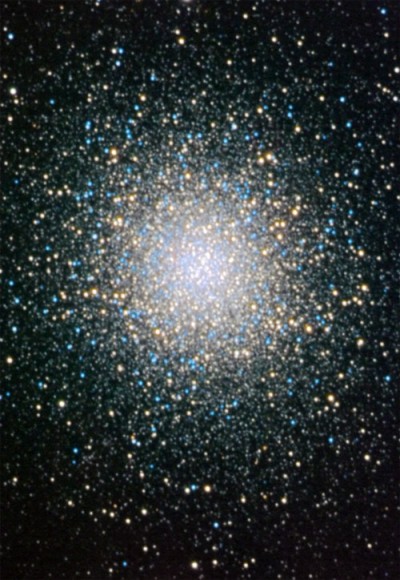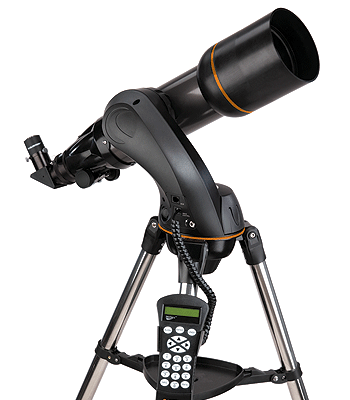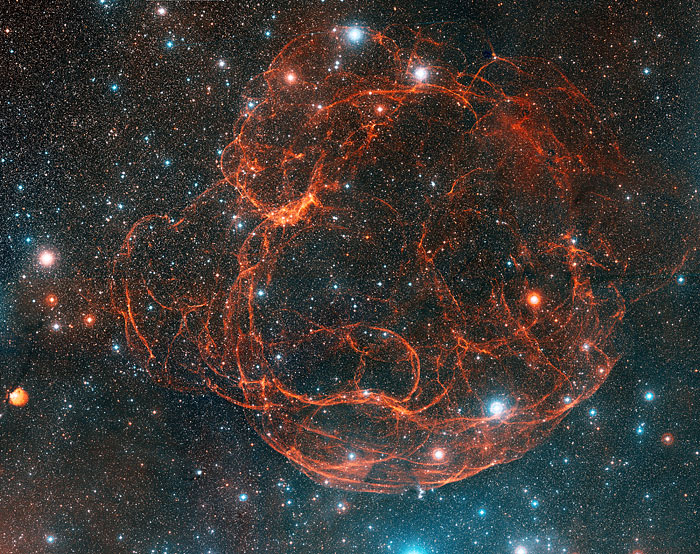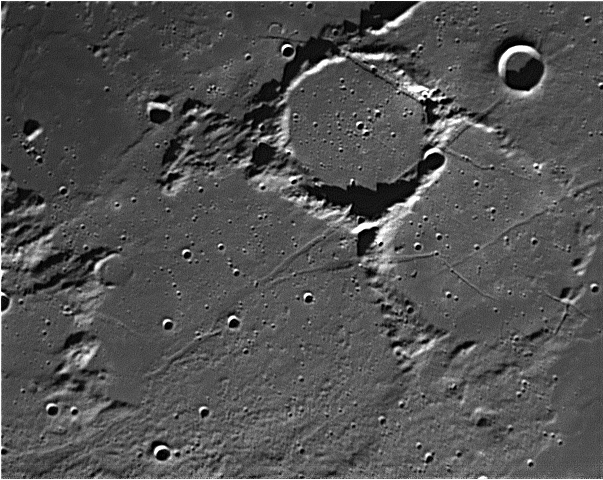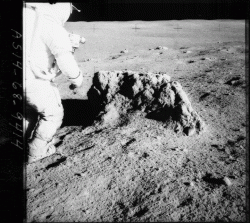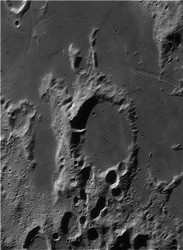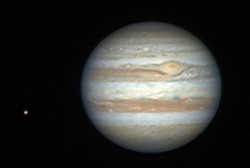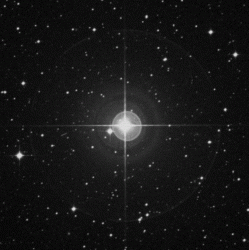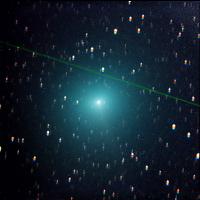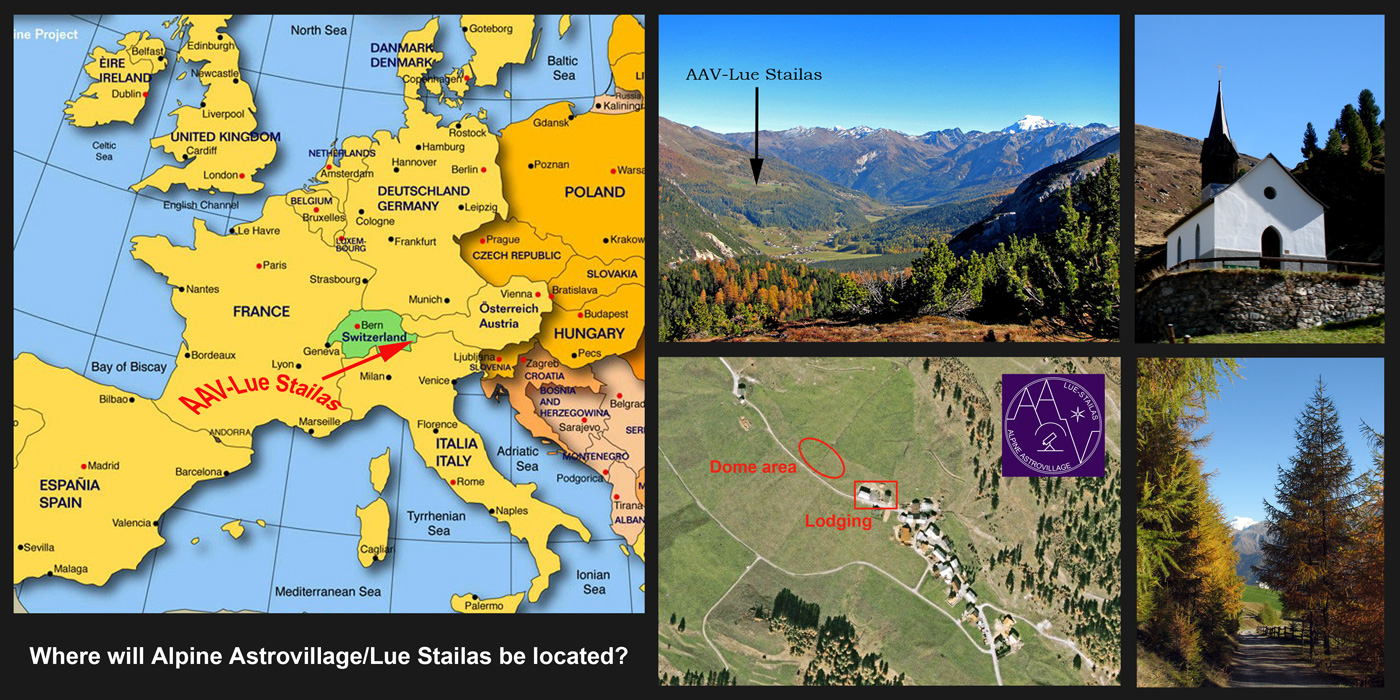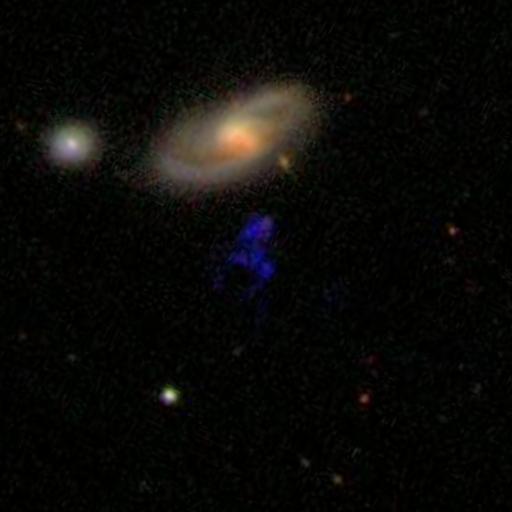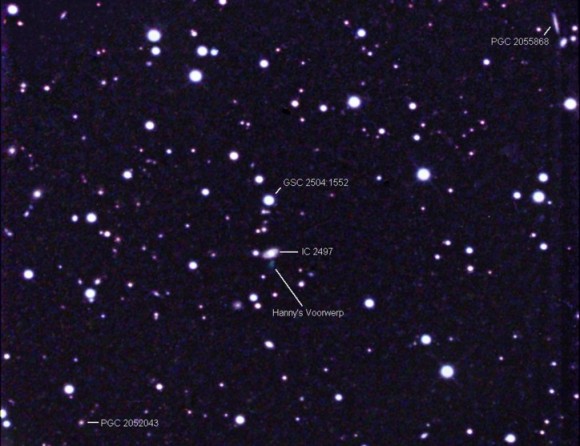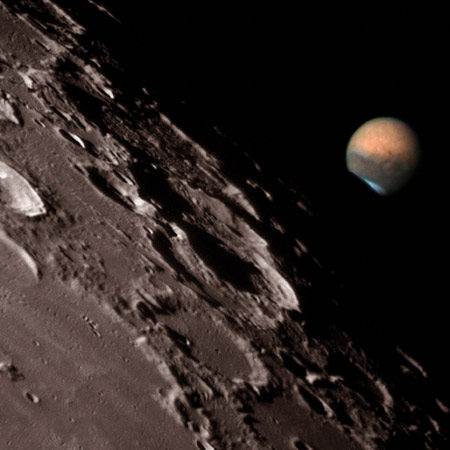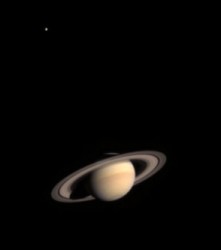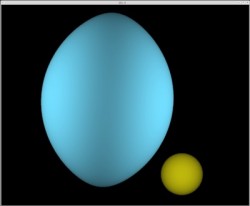Are you looking for a sweet little telescope that can take abuse and keep coming back for more? Designed for the advanced beginner, or for those interested in a highly portable telescope referred to as “Grab and Go”, the Celestron NexStar 102 SLT automated telescope goes through a year-long Tammy Test and graduates with honors…
First off, I’m not too keen on the idea of a GoTo telescope – much less a refractor. In my early years I found refractors to be uncomfortable to use, easy to dew, and just plain not as much deep sky fun as a reflector. As for the GoTo? I genuinely feel you do yourself a disservice by not learning to use an equatorial mount and a star chart. Misgivings aside, it was time to take a look at new technology and see what a year’s worth of use would do to it.
Assembling the Celestron NexStar 102 SLT
Unlike the variety of telescopes I’ve used over the years with complicated equatorial mounts and drive units, the Celestron NexStar is swift and efficient. The tripod is lightweight aluminum, and stands up to time. Despite repeated uses and even overtightening, the legs extend quickly and lock securely using the hand turn knobs. No wing nuts here to get dropped and lost in the dark. The center accessory tray bracket is permanently connected and folds down when the tripod is opened. What’s more, the knob that connects the accessory tray is captive – it can’t get lost. Even though these particular parts are some type of polymer, they are extremely durable and even the occasional cross-threading doesn’t strip them out.
At the top of the tripod is the mount cradle. Again, extremely simple and captively elegant. There is simply no “wrong way” to attach the mount to the tripod and no way to lose the parts that connect it. The mount itself is fully contained. Nothing is exposed to chance or wear. As for durability? Surprise, surprise. The drive motors are contained inside the mount and despite being dropped hard enough to make the exterior cover come off, it popped right back on and absolutely no damage was done.
Once the mount is connected, the telescope optical tube assembly (OTA) comes next. Again, captive screws mean even arthritic hands will not fumble these parts. The OTA attaches to the mount with what is called a “clamshell”. It’s a hinged affair that you simply fold over the telescope body and tighten down.
Last, but not least, are the accessories. Supplied with the Celestron NexStar SLT is a red dot finder that slides on easily on a dovetail mount, a cheap – but serviceable – 1.25″ star diagonal, and two excellent SMA eyepieces. The controller is easily attached into a port on the side of the mount with what looks like a telephone jack and the battery pack is internal to stop cord wrap. Set up time? Twenty minutes the first time… Less than five when you get used to it.
Aligning and Using the Celestron NexStar 102 SLT
So, here’s where my misgivings with GoTo units usually start. I’ve played with a lot of encoders and a lot of different units over the years and I’d usually get frustrated because it would take longer to get the units working than it took just to starhop. In the case of the Celestron NexStar, I was pleasantly surprised to find that it didn’t take a whole lot of learning to use the system. Simply use the keypad to level the scope pointed north (remotely close is fine), and set the date, time and location. Press Go, and the little beast is off and running on its own – seeking out an alignment star. Use the keypad to move the red dot center on the star and enter again. Now, go to the eyepiece, center the star as much as possible and enter. Guess what? That’s all it takes.
The more accurate you are with your time, location (latitude and longitude) and centering – the more accurate the scope becomes. Even loosely set, and I do mean loosely here, folks… A low power, wide field eyepiece will bring almost everything into the field of view on the first try. After that, it’s a joy ride of selecting objects from the data base. If it tries to go to something below the horizon? It will tell you. If it might tangle itself trying to go to what you tell it? It won’t let you. If you try to slew it towards the Sun? A little hand reaches right out of the keypad and slaps you upside the head. It knows better! And it learns… Oh, yes… It learns each time you center a new object up and corrects itself.
What Can You See With the Celestron NexStar 102 SLT?
Everything in the database? No way, Jose. Before you go getting all excited about a 4,000 celestial objects database, remember you are using a 4″ telescope here. We’re talking about a limiting stellar magnitude of around 12 here, so objects much fainter than about magnitude 10 or 11 under average skies are about as good as you’re going to get. However, if you ask it to go to an object, it says it’s there and you don’t see it? Try looking at the on-screen data. Chances are you’re trying for something that is beyond this sweet little telescope’s grasp.
Lunar and planetary performance is outstanding. Being a refractor, it could be no less. Because the Celestron NexStar 102 is driven, it’s possible to drop in some ridiculously high power and get a decent image. Double stars are crisp and clean, and here’s the kicker… Deep sky (nebulae, galaxies, and star clusters) are surprisingly well resolved for such small aperture. When I can pick out the dark dust lane in the Sombrero Galaxy with a 4″ aperture? I’m delighted. When open star clusters sparkle? I’m enchanted. When globular clusters try to resolve? I’m fascinated. When nebulae smoke out of the sky? I’m hooked. A little scope that can!
Final Words On The Celestron NexStar 102 SLT: What’s Good And What Isn’t
The supplied 1.25″ eyepieces are excellent – but the diagonal needs an upgrade. On a happy note, it comes with a 2″ focuser, so do yourself a favor when you’re ready to step up your optics to the next level and go with the bigger accessories. If you can’t afford the full 2″ line, at least start with the 2″ diagonal and use a reducer to accept the 1.25″ eyepieces. You’ll have this scope for a long time and the upgrade is worth it.
Word of warning… It’s a battery eater. Even the high buck batteries don’t last. Having battery power is great when you’re in the field where no electrical outlet is available, but it won’t be long until you’re purchasing a power tank. Happy note? You can connect it to your car battery via the lighter, and the AC converter is very inexpensive.
Dew? Yep. It’s a refractor’s worst enemy. But, surprisingly, Celestron thought of that and the dew shield is included. Just remember, that won’t keep the fog monster away from your eyepieces, but taking care to cover them during the critical point means being able to stay outside and play a lot longer.
Again, don’t ever forget this is a small aperture telescope and it’s not going to reveal every heavenly treasure you dream of and what you see is going to be small. It does rich field, so picture yourself looking at the Ring Nebula about as big as a Cheerio on a dinner plate, ok? But small aperture has it’s advantages… The whole thing only weighs 14 pounds, so it is incredibily easy to take with you as a carry on, or to sling over your shoulder and walk. There’s definitely something to be said about a scope that you can carry everything, including your eyepiece case, folding chair and cooler in one trip!
Usability factor? Don’t give the Celestron NexStar 102 to a small child – but do give it to anyone old enough to read and follow a few simple instructions. Durability factor? It’s been carried around in a car trunk for weeks at a time, strapped on the back of a motorcycle, knocked over at a public outreach event, and traveled to many star parties and still performs flawlessly. It is not a Takahashi, but Celestron produces quality optics and you will not be disappointed with your investment in this $500 telescope.
I wasn’t.
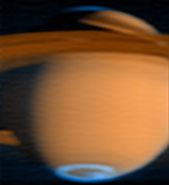 New images of Saturn obtained by a University of Colorado at Boulder-led team on June 21 using an instrument on the Cassini spacecraft show auroral emissions at its poles similar to Earth’s Northern Lights. Taken with the Ultraviolet Imaging Spectrograph aboard the Cassini orbiter, the two UV images, invisible to the human eye, are the first from the Cassini-Huygens mission to capture the entire “oval” of the auroral emissions at Saturn’s south pole. They also show similar emissions at Saturn’s north pole, according to CU-Boulder Professor Larry Esposito, principal investigator of the UVIS instrument built at CU-Boulder’s Laboratory for Atmospheric and Space Physics, and Professor Wayne Pryor of Central Arizona College, a UVIS team member and former CU graduate student.
New images of Saturn obtained by a University of Colorado at Boulder-led team on June 21 using an instrument on the Cassini spacecraft show auroral emissions at its poles similar to Earth’s Northern Lights. Taken with the Ultraviolet Imaging Spectrograph aboard the Cassini orbiter, the two UV images, invisible to the human eye, are the first from the Cassini-Huygens mission to capture the entire “oval” of the auroral emissions at Saturn’s south pole. They also show similar emissions at Saturn’s north pole, according to CU-Boulder Professor Larry Esposito, principal investigator of the UVIS instrument built at CU-Boulder’s Laboratory for Atmospheric and Space Physics, and Professor Wayne Pryor of Central Arizona College, a UVIS team member and former CU graduate student.
